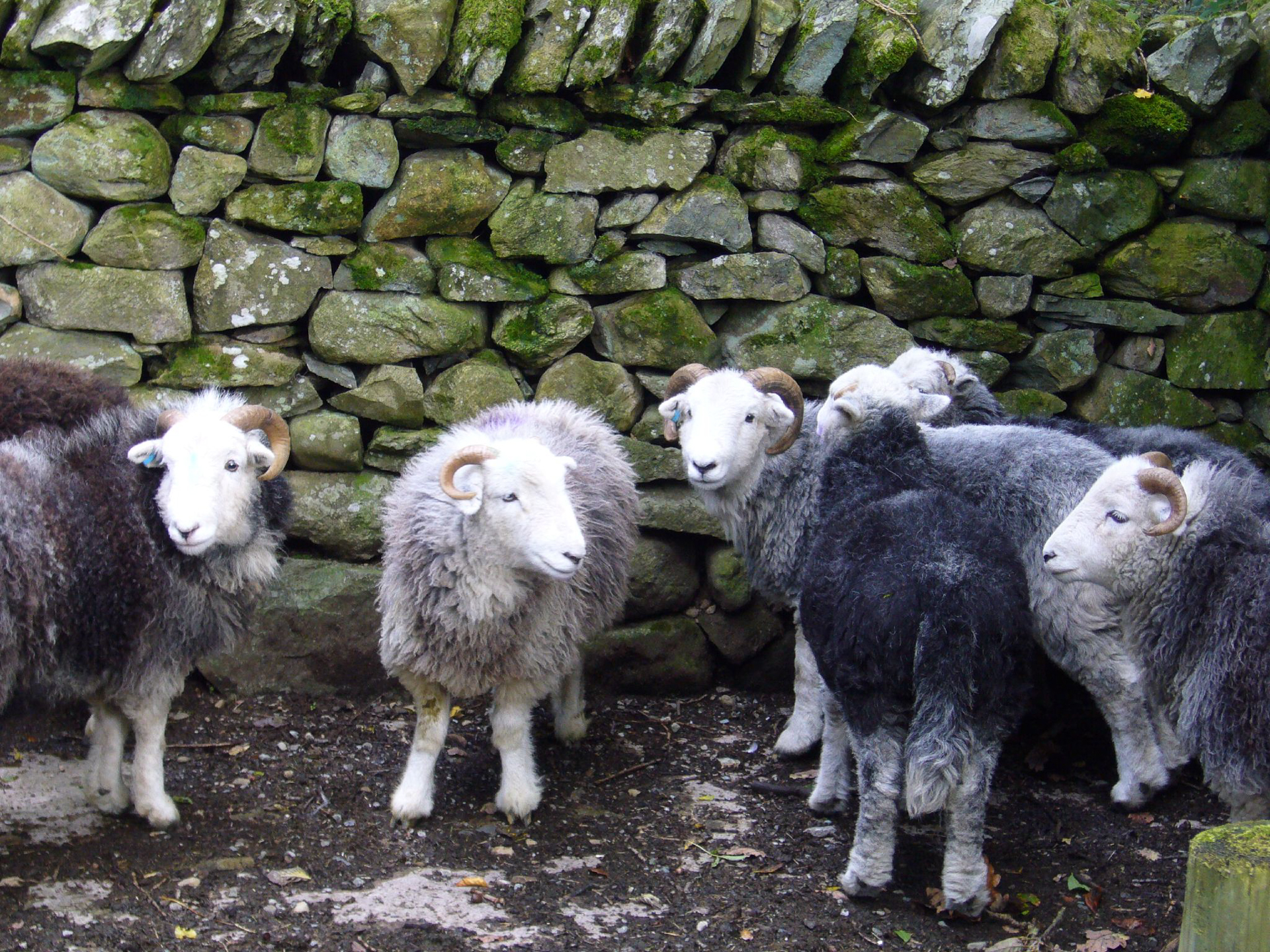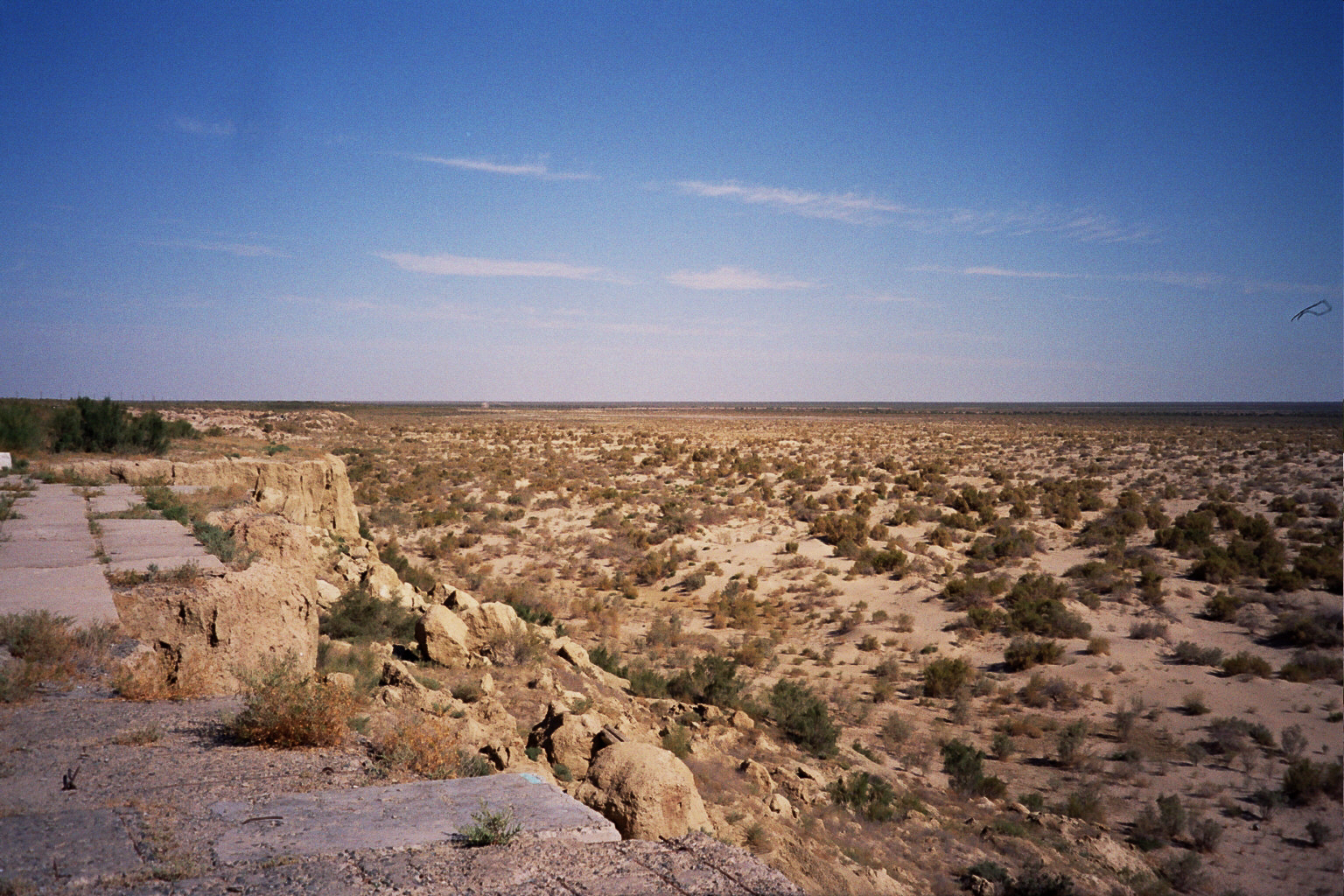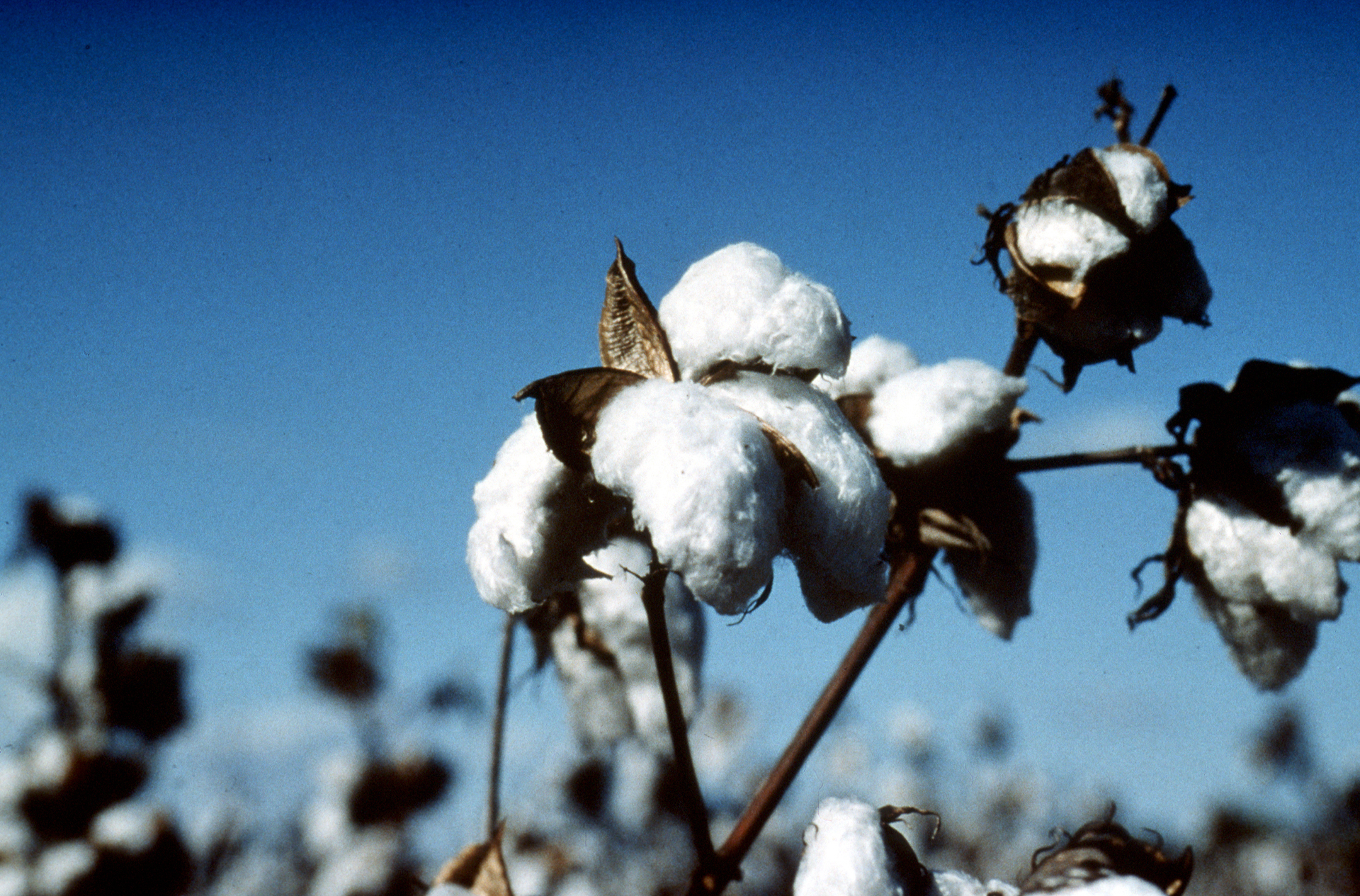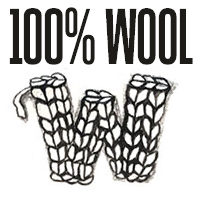Today’s Woolness Words post is excerpted from a chapter of the same name in Rachael Matthews’ highly recommended book The Mindfulness in Knitting: Meditations on Craft and Calm. We thought it would be a perfect segue into the focus for the forthcoming week: Woolness & the Locale.
Noticing Interdependence
I find Herdwick a comfort to knit with because I have learned enough about the wool to see myself as a small part of the supply chain, working the fibre from sheep to shoulder. I want to be part of a long tradition of people who have worked with this unusual fibre. James Rebanks wrote a beautiful account of his farming year in his book The Shepherd’s Life. Learning about his early-rising, weather-enduring, tough, passionate and obstinate way of being has allowed me to feel even more connected to this wool, noting my interdependence on all aspects of the supply chain.

Knitting a thick over-sock for wearing with a Wellington boot, I consider the entire process of making a garment. As I cast on the first round of rib, I feel a connection with the folk who pile on layers of clothes at 4am, to battle their way through miserable storms to see to the lambing of their ewes. Working up the rounds of stocking stitch, I remember the inquisitiveness of the sheep on the fells, staring at me as I hike on past. As I stripe my yarns I appreciate the sweating brow of the farmer as he shears fleece after fleece. As I correct mistaken stitches, I commemorate the cruel facts that sheep tails need docking, young rams castrating and a sheep’s life isn’t always as idyllic as it seems. As I divide stitches for the heel, I consider the generations of knitters who developed this technique and handed it down to me. As I cruise along the foot, I give thanks for the prolonged summer sunshine that enabled the farmers to make hay for the sheep’s winter feeds. My garment finished, I wear respect for the farmers who declined the offer of a ‘more sophisticated’ life and advanced their family’s farming dynasty. As I feel the snuggly soft warmth of my toes, I send respect to the sun-stroked cotton farmers, so far away from my cold northern European home.
[…]
A Sobering Experience
My understanding of the true cost of cotton came when I paid my first visit to a working cotton field on the edge of the remains of the Aral Sea in Uzbekistan, the second largest exporter of cotton in the world. A significant proportion of the Uzbek population work in the industry and the chemicals and water used to grow cotton are causing an environmental disaster. Since the 1960s, Soviet irrigation for cotton production has been fed off the rivers that feed the Aral Sea. Much of that water is lost through leakage or evaporation. The fish in the Aral Sea started dying in the 1970s as the waters began to recede. Fishing boats now lie stranded in the miles of dried up seabed, like skeletons in the desert, while toxic chemicals used to protect the cotton crops, are left as dust. Great winds blow these particles over the Uzbek population, who may go on to suffer with either tuberculosis or cancer as a result. Underinvestment and a shortage of agricultural machinery means that most of the cotton harvest is gathered by hand, often by children. Cotton farmers can be forced to sell their harvest to government-owned companies for a fraction of the market value. The state also controls much of what is needed to cultivate the crop, so often expenses outweigh income, and, despite their labour, farmers can end up in spiralling debt. In May 2005, the cotton farmers attempted to hold a demonstration against these conditions, however government troops ferociously crushed the protest and many people were killed. Countries in Europe buy a significant proportion of the cotton produced in Uzbekistan, dealing with corrupt politicians and businesses in the process and helping enable this human and environmental disaster to continue.

White Gold
This was not the easiest information to take in on a holiday. The revulsion I felt at the world’s greed for cotton was matched by the terrible tummy I had developed from eating greasy food fried in cotton oil – a substance that turns putrid in daylight and can only be digested by an immune stomach. My mind was blown by what I witnessed in this crazy system, while remembering the racks of t-shirts sold for one pound on the market back at home. The cotton buds themselves were so incredibly beautiful and the heap of cloudy white stuff, en masse, absolute heaven. Nature’s gift of ‘fluffy white soft stuff’ is so incredibly special, and its new nickname of white gold suits it so well. The loss of respect for this plant and the way it grows was so different to the local history I was reading about and the monuments I was seeing on the tour. The stunning city of Samarkand, located on the Silk Road, with its mosques, mausoleums and trading of treasures, would once have been busy with textile merchants trading silks from China. The crafts were very much alive even if many of the people weren’t.

Homespun Cotton
On returning home I realized that I needed to improve my relationship with cotton and understand its true value. I decided to start sourcing some fibre, to discover the quality and find out how the yarn is made. Cotton will grow indoors in Britain, but it can’t handle our cold weather. My friend Annie, a textile expert, gave me some organic cotton fibre grown in America by Sally Fox. Top quality and ethically made, it also grows in three different natural colours, white, pale green and orangey cream.
At my spinning wheel I found Sally’s short cotton fibres challenging after the long, strong, sticky fibres of wool I was used to. Slowing the wheel, I eased the short fibres in much faster than usual, while little bits floated up into the atmosphere and sometimes up my nose. Wanting to mix the short fibres with a longer staple, I carded in some long recycled silk fibres, in shiny, bright, multi colours, which conjured up a vision of many caravans carrying bundles of beautiful, treasured fabric across Uzbekistan.
My finished 2ply yarn was soft beyond belief, a solar halo of an iridescent rainbow cloud. I couldn’t bring myself to knit with it as it held so much spirit just sitting in the skein. It remains a completely functional as a bundle of bliss for resting my head om, while thinking about the flow of fresh water and fibre across the planet.
[…]
Exercise: placing yarns on the map
I have described two of my deepest relationships with yarn. The first was an itchy fibre from rainy northern England and the second a soft fibre from far-off lands where the sun shines brightly. Your top two favourite yarns are likely to be quite different to mine. In this exercise, take time to consider which two yarns best describe your character. Engage with the yarn on a deeper level, finding out where it comes from and, if you can, arranging a visit to that place, either virtually or for real.
Matthews, Rachael The Mindfulness in Knitting. Leaping Hare Press. 2016. Pages 43-46; 52-54
